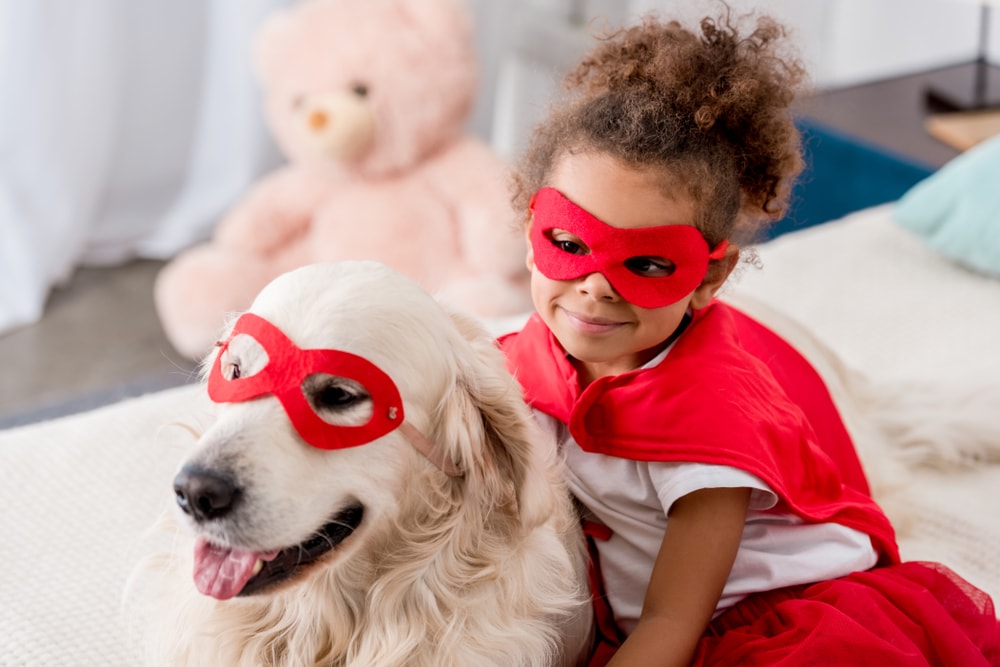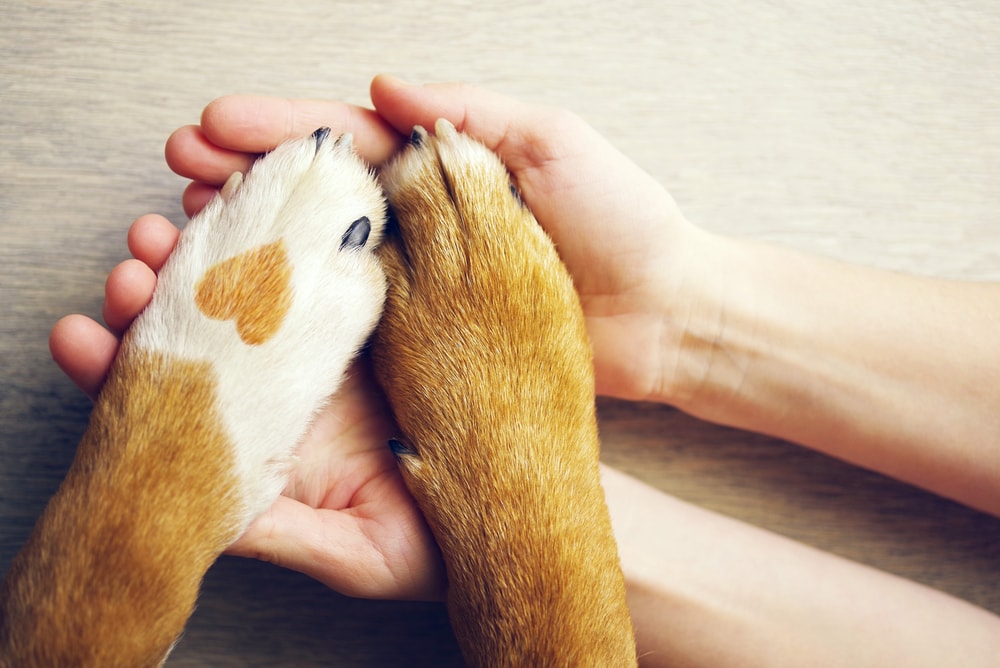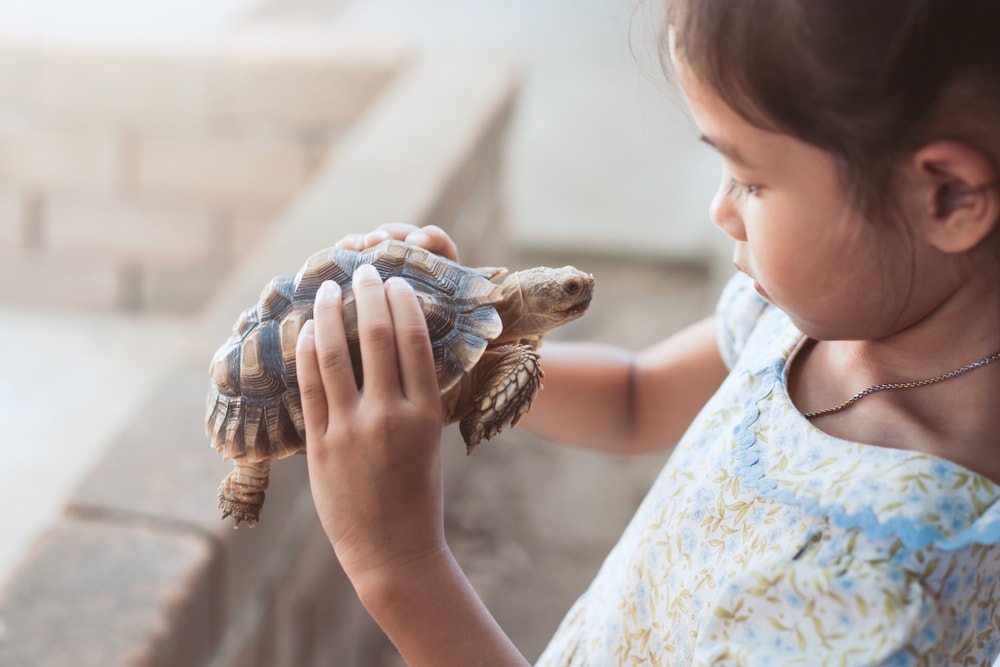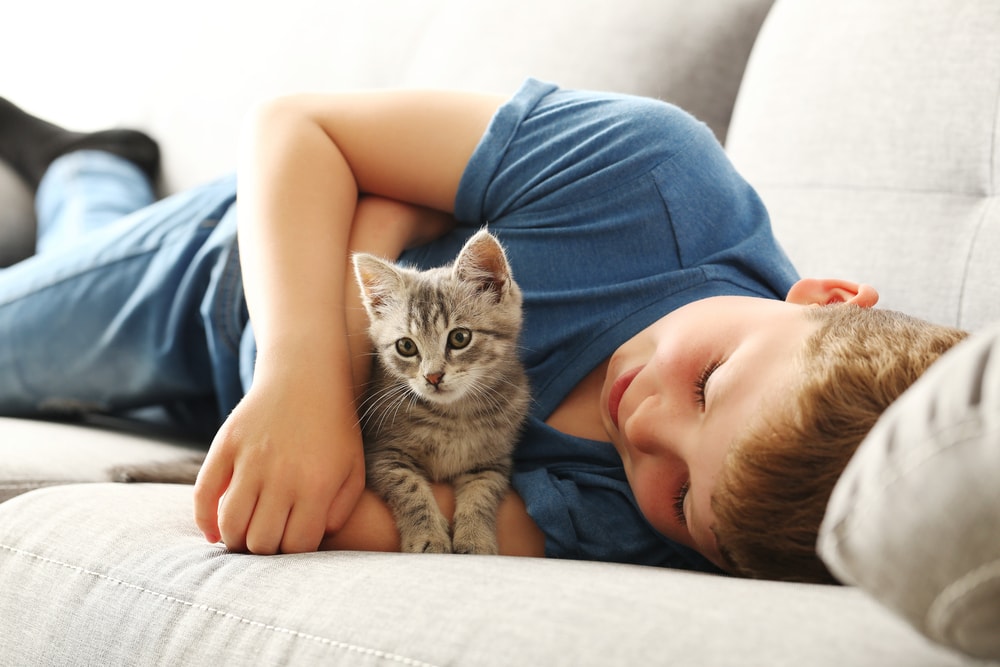If you’ve ever owned a pet, you understand just how much you can come to love that animal. Whether it’s a dog, cat, guinea pig, ferret, fish, turtle, or rabbit, pets have a way of making their way into our hearts. As an adult, you have experienced loss in your life before, but for children, the first death they may go through is the loss of a pet. So, how can you help your children process their emotions and move toward healing?
Honor your child’s feelings
One of the best things you can do for your child is treat their emotions with respect and validity. Assure them that it’s okay to feel sad, hurt, or angry. It’s normal to feel this way after loss. Stay away from telling a child how they should feel or that they need to “be strong.” This exhortation may be why so many adults have learned to brush away their emotions, to stifle them, but that’s not the way to healing. It’s a form of avoidance, and undealt with emotions can lead to long-term consequences. By letting your child know that their emotions are real and valid, you give them the freedom to feel what they feel and not be afraid of it.
Share what you feel
Your first inclination may be to push aside your own emotions so you can “be strong” for your child. But your child needs to know that you cared about the family pet, too. If you don’t show your own sadness, your child may think that their own sadness is wrong, that they should be more like mommy or daddy, unphased. Now, it’s up to you how much emotion you want to show in front of your child. Don’t scare or frighten your child with your emotions, but do let them know that you’re sad, too.
Be honest
Some children are more inquisitive than others, but no doubt, your child is going to have some questions. Answer as honestly as you can (taking their age and maturity into account). Don’t use euphemisms or half-truths. Instead, sensitively explain what happened and answer their questions. Children can handle the truth (often much better than adults can). According to the Association for Pet Loss and Bereavement, children between ages 7 to 9 will have the most questions, so be prepared.
A few questions you may hear:
- Why did [pet name] die?
- Is it my fault?
- What happened to [pet name]’s body?
- Will I see him/her again?
- Where did he/she go?
- Will he/she come back?
Give them time and encourage discussion
Grief is an interesting thing. It doesn’t go away in a day, and sometimes, it sticks around for a while. That said, let your child know it’s okay if they need to talk about your pet again. In fact, sharing stories and talking about our grief is both healthy and necessary. While you may have personally moved on, give your child the time and space they need to grieve. And if they need to talk, create the space for it.
Find tangible ways to help them grieve
Children are hands-on learners, which is why touching and play time are important to their early development. Because of the hands-on nature of children, you might consider using activities to help them process the pain they feel.

Here are a few ideas to get you started:
- Draw a picture of your pet
- Write a story
- Create a collage of favorite photos and place it in a prominent place
- Hold a short memorial ceremony where each member of the family has a chance to share
- Sit down as a family to share favorite pet stories
- Make a scrapbook or memory book together
- Buy a stuffed animal to represent the lost pet
- Choose a memorial marker – a plaque or a stone – and place it in a special place
By helping your child deal with the death of a pet, you are giving them valuable life skills that will aid them as they grow into adulthood. After all, the loss of a pet, while difficult, is not the only hard situation they will face in life. By giving them the building blocks now, you can help them learn how to grieve in a healthy way, no matter what kind of loss they may encounter in the years ahead.







